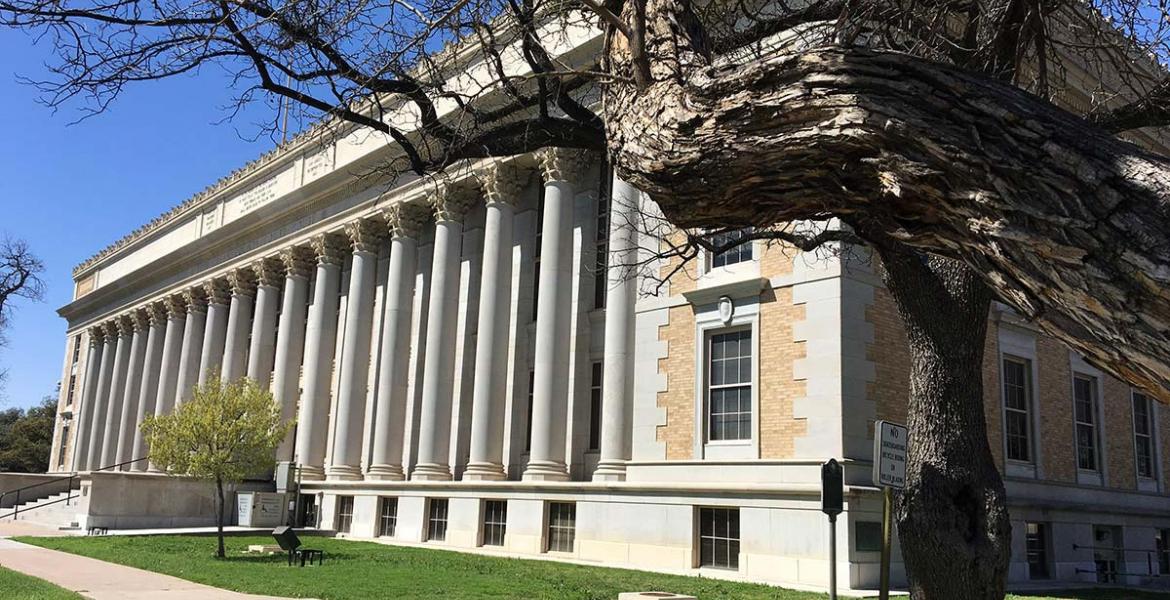OPINION — The San Angelo ISD has placed a proposal on the Nov. 5 General Election ballot to modify the school district’s tax rate, as required by Texas law. The intricacies of school district finance in Texas can be perplexing, leaving some voters unsure. The central question: Should you vote in favor of Prop A?
In simple terms, Prop A is a choice between accepting a tax cut or a larger tax cut. The fact that a local government entity in Tom Green County is lowering taxes at all is remarkable. San Angelo ISD has reduced the tax rate to 81 cents per $100 of property valuation, a rate lower than the No New Revenue Rate (NNRR). For comparison, the City of San Angelo has opted for a tax rate of 7.042 cents per $100, about 4 cents higher than its FY 2025 NNRR of 6.656 cents. Tom Green County Commissioners' Court chose a rate 2.6 cents above the FY 2025 NNRR at 4.7290. Both of these tax rates represent increases because they generate more total tax revenue from the same properties than in the previous year.
The rules surrounding school district finance can be complex and laden with bureaucratic jargon, and Prop A is no exception. The Texas Legislature allows school districts to incorporate 8 cents of the property tax rate where the state matches with a substantial subsidy. In this case, San Angelo ISD refers to these subsidized funds as “Golden Pennies.” Although there are also “Copper Pennies” in the Texas Education Agency's language, you can disregard those for this discussion—they're part of the confusing regulatory lexicon. San Angelo ISD is attempting to capture the last 3 cents of the State's "Pennies," and in this case, those pennies are "Golden."
San Angelo ISD proposes to raise taxes by 3 cents to capture these 3 "Golden Pennies." In return, the State of Texas will match the resulting revenue at a 2-to-1 ratio. If Prop A passes, the district will collect $2 million in additional local taxes, and the state will contribute $4 million more. This would result in a total of $6 million annually to fund the district's operations budget, 85% of which is dedicated to payroll.
Like all Texas school districts, San Angelo ISD’s tax rate consists of two parts: Maintenance and Operations (M&O) and Interest and Sinking (I&S). M&O funds day-to-day operations, such as salaries, while I&S covers bond payments. Combined, these two make up the total tax rate.
During the COVID-19 pandemic, San Angelo ISD refinanced its outstanding debt at lower interest rates, reducing its bond payments. This allowed the district to lower the I&S portion of the tax rate by 3 cents for FY 2025. Now, Prop A asks voters to approve a 3-cent increase in the M&O rate while lowering the I&S rate by the same amount. Essentially, it’s a tax swap—the overall rate will remain 81 cents.
However, Prop A does come with a risk for San Angelo ISD advocates. If it fails, voters will secure an additional 3-cent tax decrease, lowering the ISD’s total tax rate from 81 cents to 78 cents.
Some argue that cutting taxes is the best way to control government spending. Ronald Reagan, for instance, believed that reducing tax revenues could slow the growth of government. According to a 2017 Brookings Institute study, his tax cuts in the 1980s reduced U.S. Treasury revenues by about 10%. However, federal spending continued to grow, leading to tax increases in 1982, 1983, 1987, and eventually in 1990, when President George H.W. Bush broke his famous “Read My Lips” pledge. The economic stimulus from Reagan’s tax cuts was primarily driven by incentivizing investment from the wealthy, who exposed more of their income to business ventures, which in turn boosted federal tax revenue. The top tax bracket was reduced from 70% to 50% by Reagan's initial tax cut.
However, a tax reduction at the ISD level won’t stimulate the local economy in the same way. Property taxes are a flat rate, meaning everyone pays the same rate—whether it's 81 cents or 78 cents. The impact of a 3-cent tax decrease on a $300,000 home is only about $90 a year—hardly enough for a family dinner at the Dun-Bar, let alone an economic driver for the local economy.
On the other hand, for many homeowners, the majority of their wealth is tied up in their homes, and home values depend on the quality of the local public schools. The quality of our schools, in turn, hinges on the quality of the teachers and staff. If San Angelo ISD cannot attract or retain high-quality teachers, the quality of education declines, which could depress home values. At the very least, it could slow the appreciation of property values in affected neighborhoods.
Voting for Prop A ensures a stable tax cut while bringing in an additional $4 million in state funds. Voting against it results in a slightly larger tax cut that may be wiped out in future years, but risks undermining the quality of education and potentially reducing property values.
The potential $90 in annual savings for homeowners is minimal compared to the risk of lower-quality schools and declining home values. With the state's $4 million match on the table, the benefits of voting for Prop A far outweigh the risks. I recommend voting FOR Prop A.
The San Angelo ISD provides an overview of Prop A here.
Here is a press conference about Prop A where San Angelo LIVE! asked the hard questions.
Subscribe to the LIVE! Daily
Required






Comments
Listed By: Old Buffalo Hunter
The question is, will Joe's endorsement be the "Kiss of Death" for Prop A?
- Log in or register to post comments
PermalinkPost a comment to this article here: